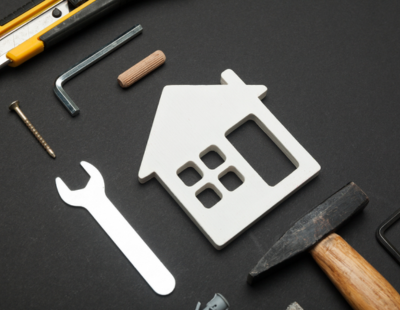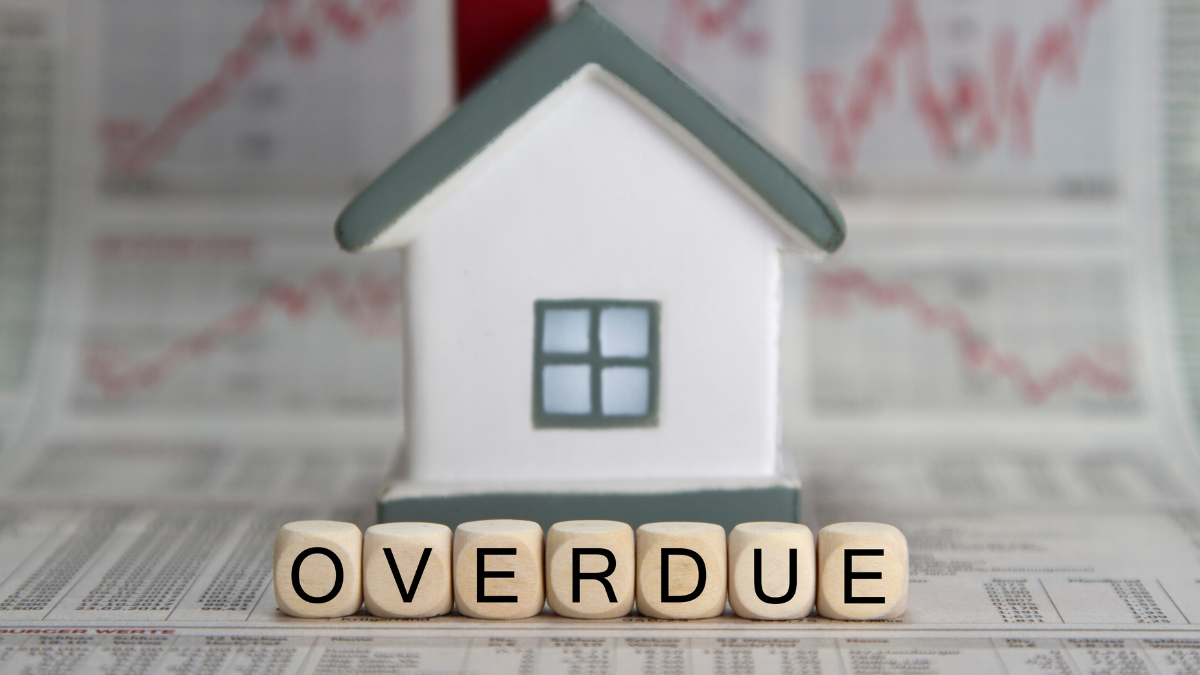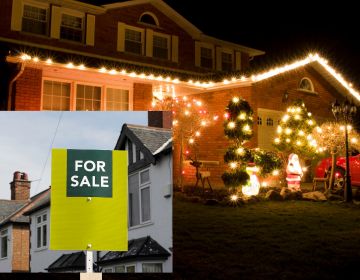
Women living in shared, rented accommodation are £2,271 worse off than men, according to data from flat and house share site SpareRoom.co.uk.
The site compared the financial situations of male and female flatsharers. It found that despite women earning 7% less than men – a gender pay gap of £1,995 – women are spending £276 per year more on rent.
In London, the gender gap widens to £4,236. Women are earning 14% less than men but are still paying marginally more in rent per year (£48), leaving them worse off.
Almost one in seven (15%) female flatsharers are spending more than 50% of their take-home pay on rent, compared to just 8% of male flatsharers. In London, where the affordability crisis is most acute, 17% of all female flatshares spend 50% or more on their rent.
Looking at the data by age group, women in their 20s in London pay the largest proportion of their salary on rent – almost one in five (19%) spends more than half their pay packet on rent compared to just one in 10 (10%) men.
The data also reveals that men, who pay an average of £511 per month, are more likely to pay an ‘all-inclusive’ rent. Nearly half (48%) of men pay rent inclusive of bills compared to 39% of women, who pay an average of £534 per month. This further stretches the gap in outgoings and earnings between the sexes. It also explains what only 26% of women flatsharers say they could afford to rent alone, compared to almost half (46%) of men.
Given the divide, it’s not surprising that more women are spending longer living in shared accommodation than men. More than a third (34%) of female flatsharers in their 30s have lived in shared accommodation for more than five years, compared to just 22% of men. In London, 37% of female flatsharers in their 30s have lived in shared accommodation for more than five years, compared to 24% of male sharers.
The data also suggests that male renters are more likely to live in bigger properties; three in 10 (30%) male flatsharers live in larger households of four or more people, meaning bills are generally cheaper. Just a quarter (25%) of female sharers live in larger households. Men are also more likely to live in rented accommodation without living rooms – 29% of thirty-something males compromise on a living room compared to just 19% of women.
Matt Hutchinson, director of SpareRoom.co.uk, said: “With such a defined salary gap between the sexes it’s no wonder women are flatsharing for longer. In spite of it being 2015, women are still earning less than men, but they don’t get a discount on their rent for being female.
“One result of this affordability burden is that 12% of female renters don’t ever expect to be able to buy homes of their own. If home ownership feels like a distant dream there are a few ways you can lower your rent to help you save. Consider living in larger house shares. As a general rule the bigger the property the cheaper your rent and bills are likely to be.
"Living as a lodger can also save you money as lodger rents are usually cheaper. We're increasingly seeing young professionals who have managed to get on the property ladder choosing to rent out their spare rooms to make ends meet so, in many cases, living with your landlord won't feel any different from living in a flatshare.”
Want to comment on this story? If so...if any post is considered to victimise, harass, degrade or intimidate an individual or group of individuals on any basis, then the post may be deleted and the individual immediately banned from posting in future.







.jpeg)





.jpg)









%20(002).png)




.png)






Join the conversation
Jump to latest comment and add your reply
Most females I've rented to will pay more to get a property that has a nicer kitchen, bathroom and overall better condition. For this you do pay a little more as these properties are more expensive to buy and fit out.. I would prefer to see a common rent based on the resale value of the property. encourages me to increase its value and therefore condition and the tenant benefits from knowing they are paying a fair rent. Its a simple strategy but the UK resists taking it up.. Has to work both ways.
I think 8% yield is a fair rent. 5% for the investment and 3% to maintain the quality of the property wear & tear and the insurance policies, certificates, fees etc
Ah, the old "gender pay gap" fallacy. Statistics such as these invariably fail to take into account the fact that women -- on average -- work less hours than men, take time out of work to have children, and don't do many of the same types of jobs that men do (construction, plumbing, etc). It is indeed 2015, and many idiots are STILL pushing the "wimminz be oppressed" narrative, despite the fact that it been shown time and time again to be nonsense.
As far as paying more rent goes, are they seriously suggesting that landlords purposefully charge women higher rents than men? Or might it be a case of women choosing to live in properties with higher rents? Tenants still do make that choice themselves, don't they? Or are women forced at gunpoint to rent in more expensive areas?
Please login to comment